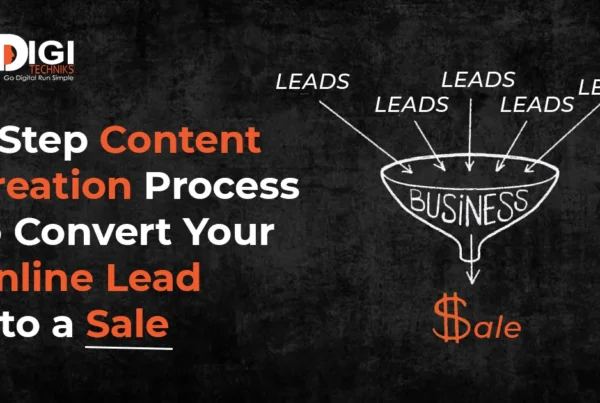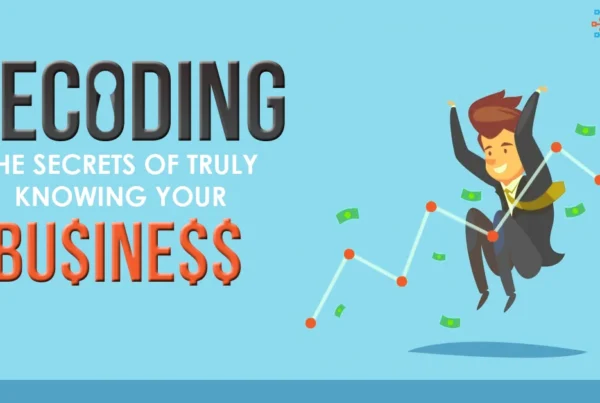
First of all, what is competitor analysis?
HubSpot defines it as “a strategy where you identify major competitors and research their products, sales, and marketing strategies. By doing this, you can create solid business strategies that improve upon your competitor’s.“
Keeping a close eye on your competitors gives you an insight into what they are up to, what strategies are working for them, and what challenges they are facing.
Imagine being able to mimic their successes while avoiding the mistakes they made. Imagine the power that comes from knowing their strengths and weaknesses so you can beat them in the race.
Those are the exact advantages that doing competitor analysis brings to you. And, perhaps more. But, only if you’re doing it right. Your analysis must be comprehensive and include every aspect of your competitor’s marketing strategy.
Being a copycat is not enough
One of the biggest mistakes most entrepreneurs make when doing competitor analysis is they try to copy the strategies of top businesses in their field.
While on the surface this might look like the best thing to do, chances are high that it will get you nowhere. Here’s why.
Big players are spending big bucks on their marketing strategies. Plus, they might be at a whole different level in terms of market reputation, brand loyalty, and social media fan following compared to businesses that are just starting out.
So, if you try to emulate your biggest competitors in the market, 99% of the times, you might not get the ROI they are enjoying.
You could use all the top tools in the world to dig deep and unearth their strategies and steps they are taking, but unfortunately, that won’t take you much further.
I know this because I made the same mistake.
So, if you really want to benefit from looking at top players, you need to figure out what all they did when they started out just like you’re doing now; what did they do to arrive at the stage they are right now; and basically, charting their growth journey.
But that’s not all. That is REALLY the tip of the iceberg and that’s where most people would stop.
The real trick lies in looking at emerging brands. Not just the same businesses like yours, but also those who are targeting the same audience by fulfilling their aspirations.
Also, Read 12 Affordable Digital Marketing Tools To Spy On Your Competitors (Like A Boss)
A step by step approach to get your competitor analysis right
Competitor analysis can seem a bit daunting at first. You might find yourself clueless or unsure of how to go about it. You might even get blindsided by picking the wrong competitors to analyze, which might end up derailing your strategies.
Effective and actionable analysis can be achieved through this simple, step-by-step approach that I’ve tried and tested and it has proven to show great results.
Step 1. Know your business keywords
What are business keywords?
Some of my top business keywords are digital marketing strategy, social media marketing strategy, digital marketing budgeting, and marketing funnel design, among others.
How did I come up with these? I haven’t done research to figure them out. These are simply the keywords that describe my business and what I do.
So, select top 3-5 terms that you feel best describes your business and those will be your business keywords.
Step 2. Identify your direct and indirect competitors
This second step is all about identifying your competitors. There are two types — direct and indirect. We’ll get to that soon. But first, let me acquaint you with a few tools that will help you in this step.
Similarweb.com – Helps you to analyze the traffic sources of all your competitors and much more.
Semrush.com – Useful for SEO and Google ads competitor analysis
Alexa.com – This would be my recommendation because it helps with pretty much everything you’d want to do in terms of competitor analysis.
And, while it’s much cheaper than Similarweb, at $149 per month it can still be a pricey investment for many. But don’t worry, I’ll share with you a hack that will let you access Alexa for only ₹200 per month!
The secret is using flikover.com to purchase Alexa. Flikover is a group buy service which gives you access to premium SEO tools at cheaper prices. To use it, follow these steps:
- Create a Flikover account
- Open Flikover in Google Chrome browser
- Install two plugins Fikover 1 and Flikover 2 in Chrome
- Enable both plugins and refresh your Flikover page
- You’ll find a link to access Alexa – click on it and voila!
Now, let me explain how you can identify your direct and indirect competitors with my own example.
Here’s how I detect my major competitors using Alexa:
- I go to the site screener tool in Alexa
- Adjust the filters to match my criteria
- Type my business keywords in the search box — one at a time
- The first keywords “Digital Marketing Strategy” didn’t fetch me any results from India, which is my target market
- So I typed in the next keywords — “Digital Marketing Training” because that one the most searched keywords in my domain
- From the list of companies in the search result, I chose a few and compared the similarities in services we provide, the audiences we target, the aspirations we fulfill, and the target location
- Next, I go to the audience overlap tool
- In the search box, I type the name of the companies I selected for comparison and run the analysis
- The tool shows me a bunch of sites with which my business has strong audience overlap connections
- From the given options, I list down ten of my direct and indirect competitors
- Next, conduct a site overview on each of your competitor websites
Using this process, you can find your direct and indirect competitors. Of course, the results will largely depend on what you feed in the tool, no matter which one you use.
This is why you need to be clear about your business offering, your target audience, and the market you’re operating in. After all, a tool is as smart as you are.
However, if the above process doesn’t pull up competitor sites for you, it could mean there’s a huge opportunity for you in the market since your competitors might not be doing digital marketing effectively.
In that case, you can dive into making the most of this opportunity. This proven 6-Step Customer Acquisition Formula is designed to help you with that while driving positive digital ROI for you.
Otherwise, if you’ve landed on your competitor sites, your next step should be to analyze their websites based on criteria such as average visit duration, total traffic, SEO traffic, SEM traffic, referral traffic, social media traffic, display traffic, etc. The tool Similarweb can help you with this.
List down all of these details neatly in an Excel sheet. Or you can use this pre-made competitor analysis template to just fill in the details.
Step 3. Short list your top competitors to investigate
Now comes the part where you determine your competitors who are worthy to be analysed further. In other words, your top competitors. Select five of them.
So, how do you know which sites to pick as your top competitors? Here are a couple of factors.
- They have a lot of traffic
- How similar they are to you in terms of the business offering, target audience, and target locations
Next, you need to hack — yes, marketers hack too. Here’s how to do it.
- Go to one of your top competitor’s website
- Explore the site well, visit every possible page, and study what they have on their site
- Fill your email ID (always a good idea to make a separate ID for this purpose) and phone number (best if you have a spare one) in their enquiry forms, subscriber lists, and so on. That way, every new offering they launch, all their ads, promos, subscriber emails, and lead magnets and tripwires they design will reach you.
- Visit all their social media business pages and take note of the topics they are talking about, the posts they are sharing, the frequency of their posts, and the ad campaigns they are running. Make sure to like their posts too because that will ensure their activity organically appears in your timeline.
List down your findings, such as their lead magnets, tripwires, offers, calls-to-action, and what are they bragging about — e.g. any collabs with big brands.
Now is also the time to dig into the keywords your selected competitors are using. For this, you can use Alexa’s site keywords feature, which will show you all the keywords a particular site is using. While there might be a ton of different keywords, you need to only pick the top keywords that are relevant to your business.
Next, understand the top-performing content of your competitors. For this, you can use Fanpage karma, which will help unearth some vital social media metrics for you, such as:
- the top-performing posts of your competitors
- no. of existing fans and followers
- the average rate of follower growth per week
- post frequency
- reach and engagement
- the amount they are spending on ads
Another helpful tool here would be Socialinsider.io. The combination of these two tools can give you a solid read on the pulse of your competitors.
Add all these findings to the Excel sheet you’ve created. If you’re using my competitor analysis template, you’ll find separate tabs to fill in these details.
Once you have these details in front of you, you can get down to exploring which aspects of your top competitors you wish to emulate in your business. You can take the inspiration to design your websites, your landing pages, tripwires, lead magnets and so on. These can serve as your references for building effective marketing assets for your own business.
Success isn’t always about re-inventing the wheel. Often, doing what others are doing better than they are doing can be the path to achieving your business goals.
While there’s no definite way to understand if something will work for you, success lies in detailing and detailing comes from observation and listening. Competitor analysis allows you to observe and listen better.
Finally, if you’re in it for the long-term and you’re ready to do what it takes to give your business a massive boost of growth, competitor analysis must be in your to-do list.
The approach we’ve discussed above is explained in further detail in our Digital Marketing Strategy and Planning program. If done properly, this method of competitor analysis will give you plenty of quantitative and qualitative data to back your own business decisions. Knowing who your competitors are and what they are offering can help you to make your products, services, and marketing stand out like nothing else.
Do you want to get a personalised 1-to-1 discovery session?
Book your 1-to-1 discovery call with us today!



